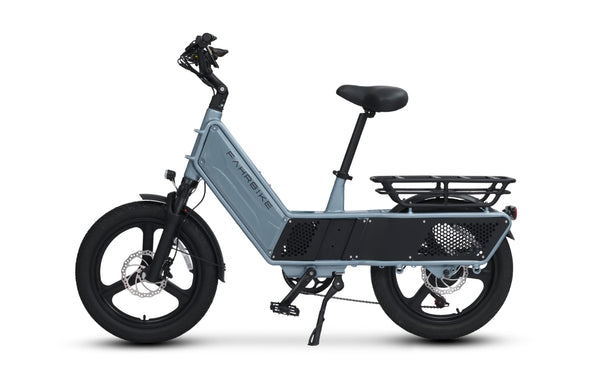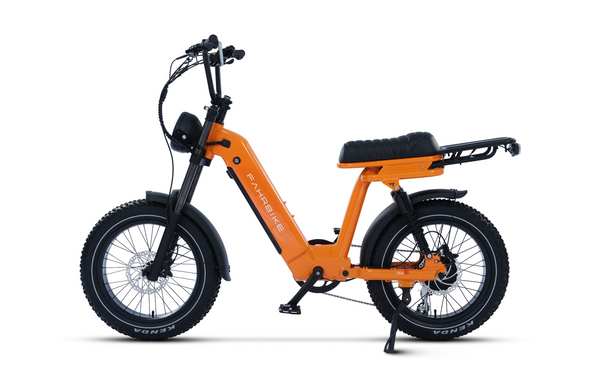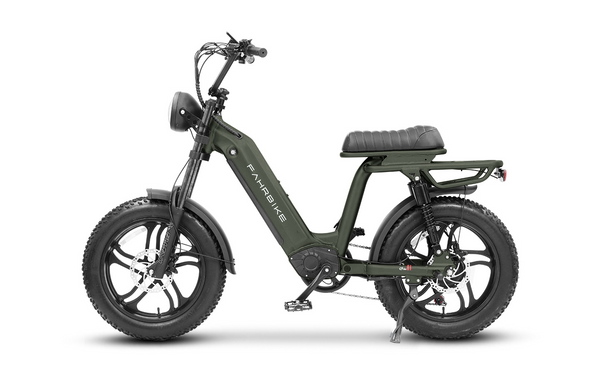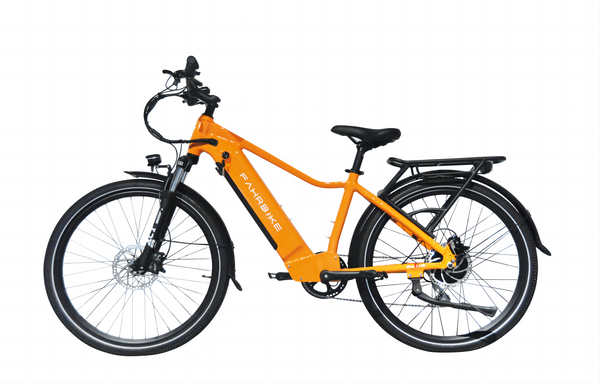As e-bikes continue to gain popularity, the technology behind them evolves, providing riders with enhanced experiences and more control over their rides. One of the critical components influencing an e-bike's performance is the sensor system. Torque sensors and cadence sensors are two common types found in e-bikes, each offering distinct advantages and features.
TORQUE SENSOR: POWER IN PRECISION
A torque sensor is a sophisticated technology that measures the force applied to the pedals. This sensor detects the amount of pressure or force exerted by the rider and translates it into a proportional assistance level from the electric motor. In simpler terms, the harder you pedal, the more assistance the motor provides.

Advantages of Torque Sensors:
1. Natural Riding Feel: Torque sensors provide a more intuitive and natural riding experience. The assistance is directly proportional to the rider's effort, mimicking the feeling of traditional cycling.
2. Responsive Performance: Torque sensors are highly responsive to changes in pedaling effort. This means that when you encounter a hill or need a quick burst of speed, the motor responds instantly to your pedal force.
3. Energy Efficiency: Since torque sensors adjust the motor assistance based on the rider's effort, they optimize energy usage, resulting in better battery life.
CADENCE SENSOR: PEDAL REVOLUTION TRACKING
A cadence sensor, on the other hand, measuring how fast you're pedaling, indicated in revolutions per minute (RPM). It detects the rate at which you turn the pedals and provides assistance based on that rotation speed.
Advantages of Cadence Sensors:
1. Simplicity: Cadence sensors are simpler and less expensive than torque sensors. This simplicity can result in cost savings for the overall e-bike.
2. Consistent Assistance: Cadence sensors deliver a consistent level of assistance regardless of how hard you're pedaling. This can be helpful in scenarios when you want to maintain a certain speed without changing your effort level.
3. Ease of Use: Cadence sensors are easier to use for riders who may not be accustomed to varying their pedaling force. They offer a more straightforward riding experience.

CHOOSING THE RIGHT SENSOR FOR YOU
The choice between a torque sensor and a cadence sensor depends on your riding preferences and needs. If you value a natural and dynamic riding experience that closely resembles traditional cycling, a torque sensor-equipped e-bike might be the better option. On the other hand, if you seek a straightforward and consistent level of assistance, a cadence sensor-equipped e-bike could be more suitable.
CONCLUSION
The battle between torque sensors and cadence sensors is not one of superiority, but rather a matter of personal preference and riding style. Both technologies bring their unique strengths to the table, enhancing the overall e-bike experience.





